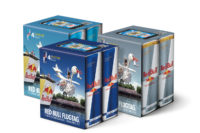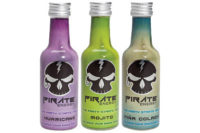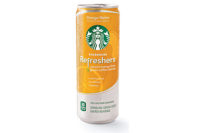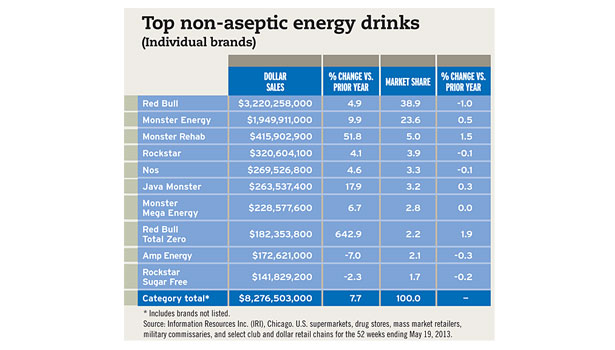2013 State of the Industry: Energy drinks & shots
Energy drinks and shots pick up the pace






According to a June 2012 report on energy drinks and shots in the United States by market research firm Mintel, Chicago, the market grew 124 percent from 2006 to 2011, which suggests a continuing recovery from the recession, it states. In the 52 weeks ending May 19, 2013, the energy drink category increased nearly 8 percent in measured channels compared with the prior-year period, according to Information Resources Inc. (IRI), a Chicago-based market research firm.
Most of the growth in energy drinks and shots has come from the major players, Mintel’s Goel Lal said in Beverage Industry’s August 2012 issue. For instance, Santa Monica, Calif.-based Red Bull North America Inc.’s flagship Red Bull energy drink remains the No. 1 brand in the energy drink category, according to IRI. In 2012, the company launched Red Bull Total Zero, a zero-calorie version of the energy drink. Earlier this year, it released its first flavored energy drinks nationwide. Red Bull Editions are available in The Red Edition, The Silver Edition and The Blue Edition, which feature cranberry, lime and blueberry flavors, respectively.
Analysts noted that flavors are creating interest in the category in Beverage Industry’s August 2012 issue. Mintel’s Goel Lal said that lemonade, juice and tea flavors, specifically, are popular among energy drinks and shots. She pointed out that Monster’s Rehab line features tea, and one variety also includes lemonade. Last summer, Las Vegas-based Xyience Xenergy added Melon Mayhem and Tangerine Twister to its energy drink lineup. Additionally, Xyience launched Xenergy + Tea and Xenergy + Lemonade drinks earlier this year, which combine energy with tea and lemonade.
In the energy shots segment, Farmington Hills, Mich.-based Living Essentials LLC’s 5 Hour Energy remains the category leader, according to IRI data. Private label energy shots were the second most popular offering in the 52 weeks ending May 19, while Andover, N.J.-based NVE Pharmaceuticals’ Stacker 2 line took three of the Top 10 spots on the list.
The energy concept also is being blended with other categories, such as sports drinks and waters, said Richard Haffner, global head of beverages research at Chicago-based Euromonitor International, in Beverage Industry’s August 2012 issue. For instance, Purchase, N.Y.-based PepsiCo offers Gatorade G Series Prime pouches to deliver energy before a workout. In the enhanced water category, Northfield, Ill.-based Kraft Foods Inc. launched Mio Energy, which brings customization and portability to the energy and enhanced water categories. The brand increased 95 percent in the 52 weeks ending May 19 compared with the prior-year period, IRI reports.
In addition to merging categories, energy drinks are incorporating more natural ingredients into their formulations, Haffner added. For instance, Brooklyn, N.Y.-based Runa launched Runa Clean Energy earlier this year. The all-natural energy drink contains only carbonated water, Amazon guayusa, citric acid and natural flavors, the company says. Another example comes from Camden, N.J.-based Campbell Soup Co.’s V8 Energy Shots, which increased 27,168 percent in measured channels in its first year on the market, according to IRI. According to Innova Market Insights, the Netherlands, natural and no additives/preservatives positionings are top energy drink claims, and they will continue to grow.
Looking for a reprint of this article?
From high-res PDFs to custom plaques, order your copy today!








